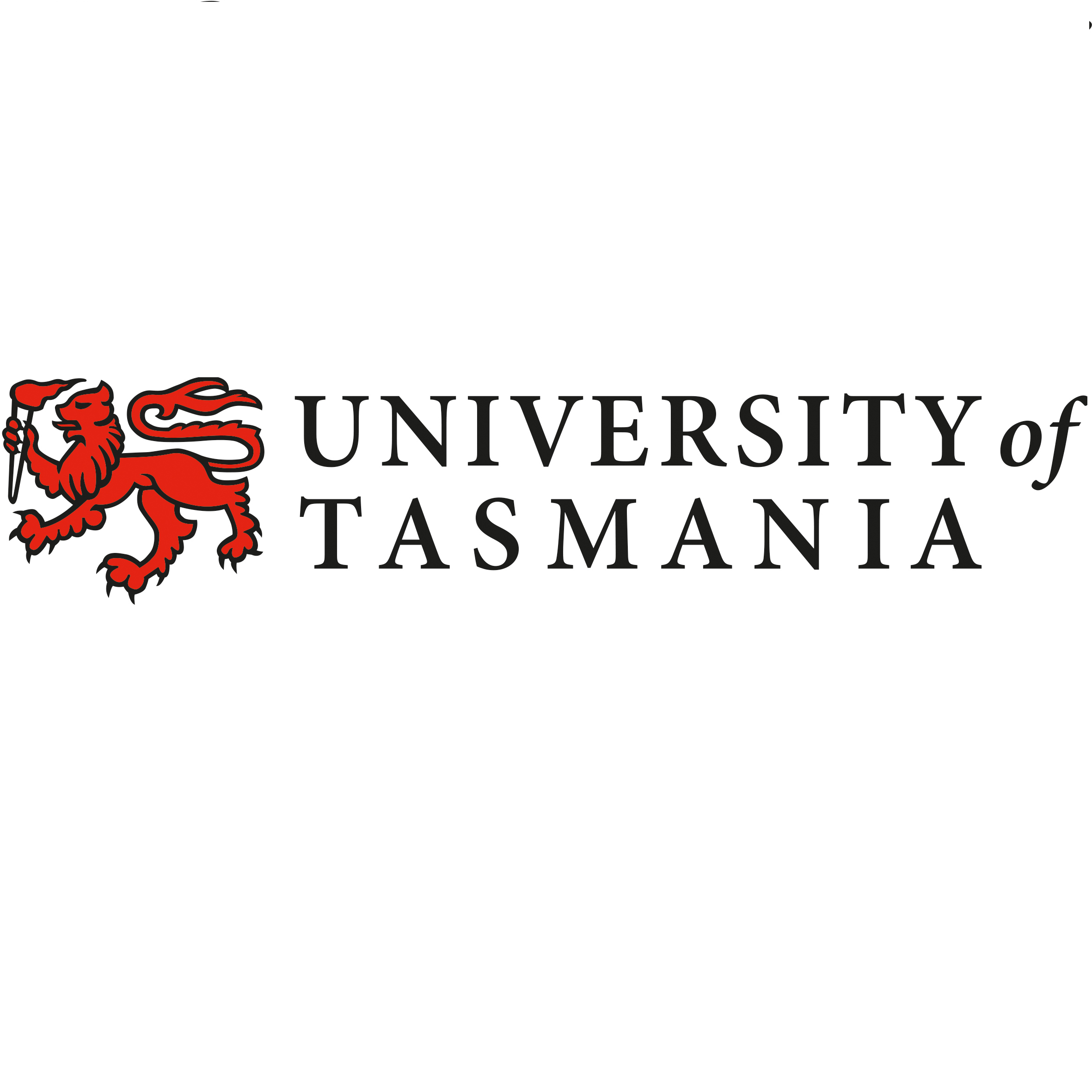Brief description
The Black Rockcod (Epinephelus daemelii) is a large, slow-growing, long-lived reef fish that occurs in Australia along the coast of New South Wales, including at Lord Howe Island. Populations of black rockcod have been significantly reduced here due to overfishing, accidental hooking, and loss or degradation of estuarine and intertidal nursery habitats. As a result, the species is listed as ‘Vulnerable’ under both the Commonwealth Environmental Protection and Biodiversity Conservation Act 1999 and the NSW Fisheries Management Act 1994. Despite having been protected from fishing in NSW since 1983, black rockcod are still taken illegally, or caught incidentally and released, which can lead to mortality post-release from embolism. Its protection status results from concerns of population declines across its range. The NSW Government has identified long-term population monitoring as a a high priority for the species’ recovery plan. Broadscale surveys of black rockcod were first conducted using the diver Underwater Visual Census (UVC) technique in 2009-11 when 83 sites were sampled from Port Stephens to Cook Island in far northern NSW, including the waters of Lord Howe Island. This NESP Marine and Coastal Hub project 3.14 funded the repeat of these broadscale surveys in 2023, with 8 additional sites (91 total) sampled using the same technique. For each black rockcod sighting, the length of the fish was visually estimated by divers, and also filmed using a diver stereo camera system where possible to obtain an exact length measurement. Other attributes recorded included the habitat the fish was found in, if the sighting was cryptic (i.e. hidden or camouflaged), and the depth of the sighting. Based on the broadscale survey sites in 2009-11, a subset of 19 key Black rockcod survey sites along mainland NSW were established These comprised of two sites in the Cape Byron Marine Park (CBMP), five sites in the Solitary Islands Marine Park (SIMP) two sites at SW Rocks (Fish Rock), and ten sites within the Port Stephens-Great Lakes Marine Park (PSGLMP). An additional 18 key sites were established at Lord Howe Island (LHIMP) and surveyed in 2011, 2019, 2023 & 2024. These surveys involved an identical methodology to the broadscale surveys, but without the use of stereo cameras as diver estimates of fish size were shown to be reasonably similar. This NESP MaC Hub project 3.14 provided funding for the resurveying of the 37 total key sites (where weather permitted) in both 2023 and 2024. The data provided by this record includes: (1) all black rockcod sightings and measurements for broadscale sites (2023) and key sites (2023 & 2024); (2) a comparison of the counts of black rockcod recorded at broadscale sites in 2009-11 (n=83) and again in 2023 (n=91); and (3) a comparison of the count of black rockcod recorded at key monitoring sites in northern NSW (n=19) and Lord Howe Island (n=18) across monitoring years 2009-2024.Lineage
Maintenance and Update Frequency: asNeededData time period: 2023-01-23 to 2024-05-30
User Contributed Tags
Login to tag this record with meaningful keywords to make it easier to discover
(DATA ACCESS - 2023 & 2024 black rockcod sightings)
(SUPPLEMENTARY DATA - black rockcod counts at broadscale sites 2009-11 & 2023)
(SUPPLEMENTARY DATA - black rockcod counts at key monitoring sites 2009-2024)
Harasti, D. & Malcolm, H. (2024). Assessing changes in threatened black rockcod Epinephelus daemelii abundance and length over the past 15 years in New South Wales, Australia. Journal of Fish Biology. doi:10.1111/jfb.16010. (Related Publication)
doi :
https://doi.org/10.1111/jfb.16010![]()
global : 91498abc-a4a0-4a07-b9a8-83f41bc408f0
- DOI : 10.25959/7FJK-7A69

- global : c414a818-e577-4995-bc86-ee512ae19df2


